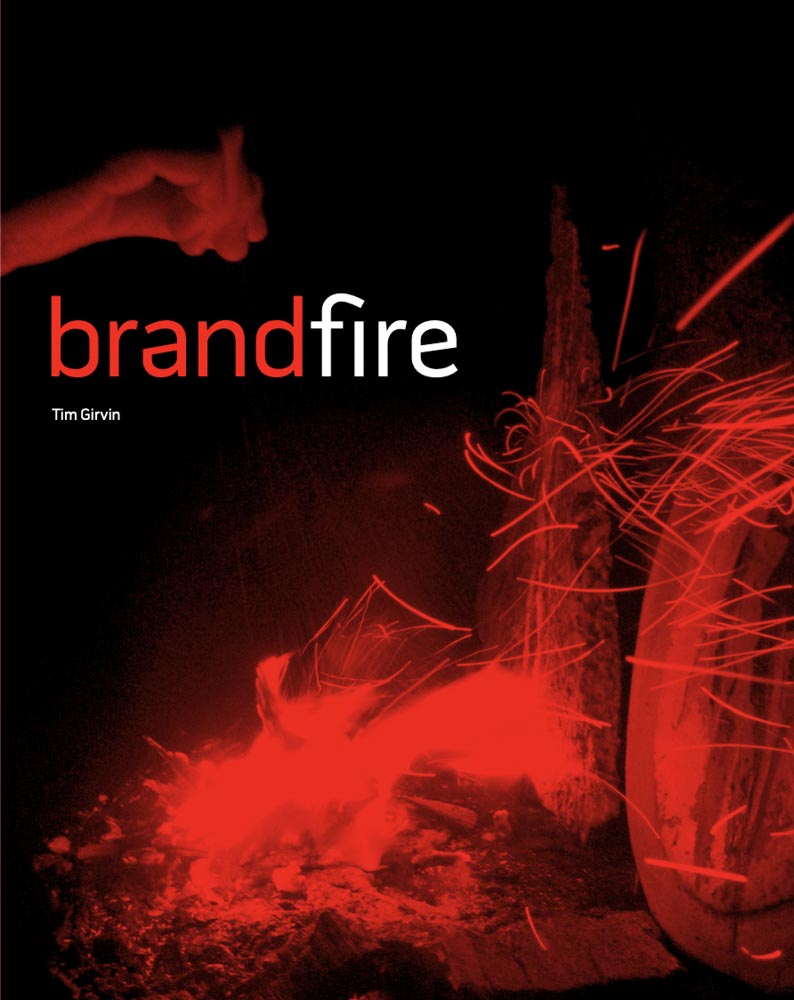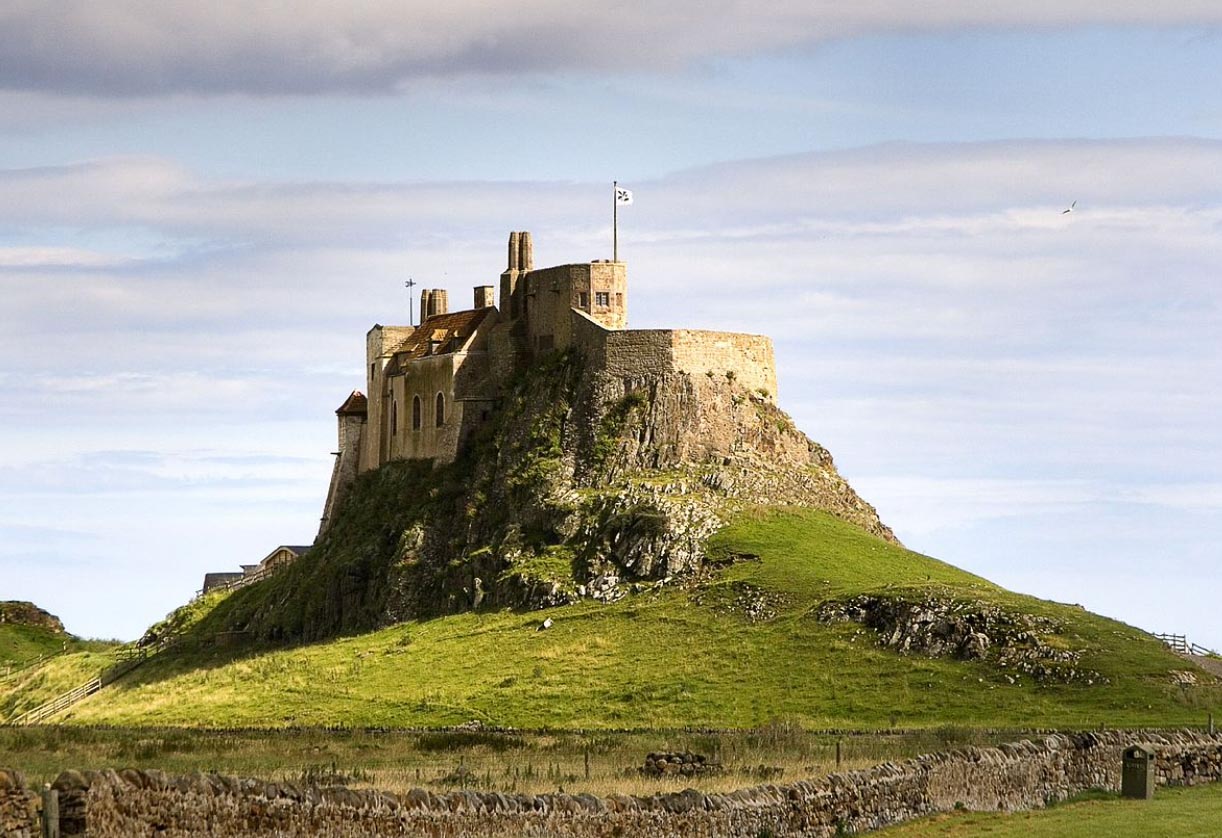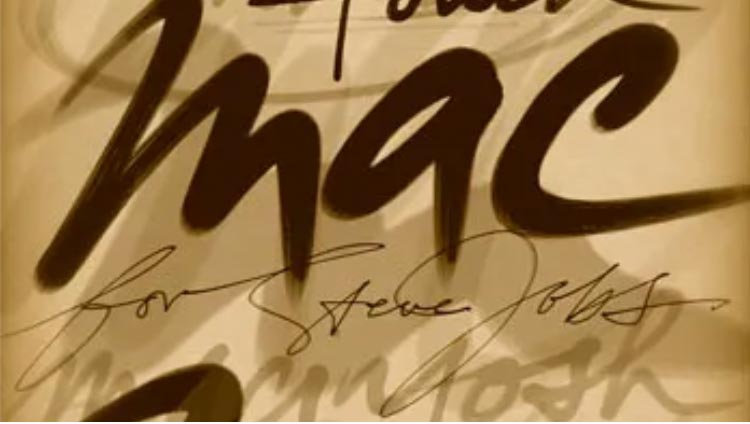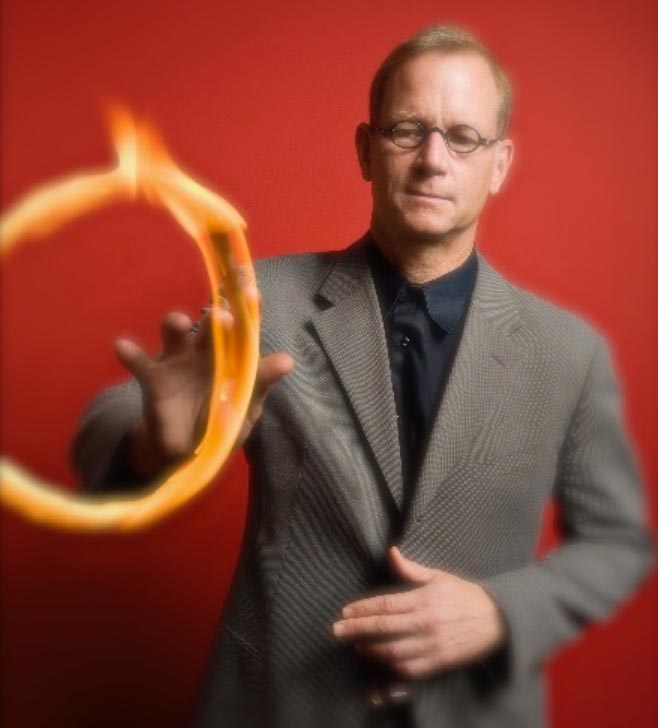The impassioned flame that builds brands

Intention and Strategy
As a designer, presuming strategic intention, the practice is never about what’s on the surface alone, but more about what lies beneath it. The legacy of any design decision lies in historical experience—it is about the story of what has been, what story might be told now, and how that story could extend to the future. In exploring the idea of design, we might liken it to the signature—the “signing” of a solution in the original use of the word. For every design might be just that—regardless of the transparency of interpretation—it is a filtration of personal spirit and character.
In reaching into the heart, the center of the conception of the translation of design, the nexus of a relationship—the challenge of finding a solution—the spirit of the designer, the signature, will be seen. Anyone committed to the ethos of creativity will reach into their soul of experience and the foundation of expertise to bring forth, in the power of a solution, something that is profound—to them, to the community. It is the profundity of this action—for the person, the creator, the reach to others—that builds passion. That sense of soulfulness drives the path to the answer.
The Etymology of Passion
Passion is fire. Passion is pain. Passion is empathy—that reaching into the heart of a relationship, to a problem, an idea, a question that is holistically embraced. And that sense of embrace—which is about the spirit of captivation—is consistently driven to get closer to the flame of the challenge that is set, and to seek the exhilarating freedom of the ideal response. But that response will always be tinted by the person that creates that answer. Surely, in any design problem there will be an amalgamation in understanding the issues at stake, the nature of the question, the character of the audience—but always, in the end, the spirit of the actual signature of the outcome will be touched by personality. the hand draws from the soul.
Working with leaders from around the world, the idea of fire is a compelling patterning in my experience—who, in that game, is really in it? Who is really entranced by the problem that needs to be seen, in scene and newly discovered, reframed and examined in transition? That should be the person in front—the one who leads—who needs to be inflamed with that sense of profound and continuing commitment to explore the nature of the pathway to the brand, and too—the narrative design answer, and also, the question: what lies beneath that exploration? Every answer yields another question—and in each, there is an excavation to find the fire, understand the sparks of ignition, and how that brand enterprise can reach-out to community with a compelling narrative that ignites experiencers and teams that rally around the warmth of the brand and the campfire of its storytelling.
Passion is fire. Passion is pain. Passion is empathy—and in these expressions, think of finding the soul of a heartfelt relationship—to solving a problem, the ignition of an idea or answering a question that, to the explorer, is wholly engaged. And that premise is about the spiritual power of magnetism, commitment towards the answer and of captivation. It’s the quest to get closer to the flame of the challenge that is lit and in that flaming luminosity to seek the exhilarating freedom of the ideal response.
Then another answer. as a person who focuses on the brand as a form of communicating between relationships, the ideal leader is one who touches and contemplates every detail of that resolution; it’s not the glancing overview but the details that make this approach to enterprise memorable.
To think about the concept of brand, it’s important to toss out the conventional definition of what that trapping means, and go beneath, into the primordial history of words. Brand, the word, was first spoken at least 4,000 years ago—its etymology is embedded deep in the roots of Indo-European language—and there, in the beginning, the spirit of the word, is fire. The translation of this expression really only found its home in the West during the last millennium, first scribed in a monastery off the coast of Scotland, a refuge from the battling of that tumultuous time—Lindisfarne Monastery, as below.

In working on brands, we always work with the leadership of that brand, and in that entwining—the idea of brand and the human spirit that lies in the heart of it—there is a kind of genetic mingling. The human brand, and in most of the powerful brand stories that are attached to the presentation of design as a key aspect of value, human leadership is the fire that burns at the soul of that encounter.
In the early days of my career when I worked as a consultant at Apple, then successively afterwards, I was exposed, firsthand, to Steve Jobs.
While some of the team then defined Steve as a kind of maniac, for me that opening encounter was about passion, excitement and committed enthusiasm—and the fire of the details in getting things right, down to the microscopic shading of an industrial design detail, the form language of a returning curve of an object, a screen interface, or the touch of handcrafted typography.

That initial encounter spread to others at Apple in which the same passion was incited — the fire of the brand, which sparks and ignites that inspiration—is voiced in everything. You are either part of the flame, or you are extinguished by it.
So, too, in speaking with designer Tom Ford, every detail of the tom Ford brand has
a sense of the touch of his passionate fire. He designs to create what he doesn’t see in the market and what he wants to see in the market. He designs, literally, for himself. that fire is a blazing trail—a signature of fire. and finding that opening, the obsession to create, is something that continuously
empowers every decision of experience.
Anyone who works at Apple, or at Tom Ford, or any culture of brandfire, will tell you the selfsame truth—the power of the brand story is about that fire of a flammable signature. each touch, a gesture of fire.
Tim Girvin | GIRVIN | Seattle Waterfront | Osean Studio | Washington Coast
